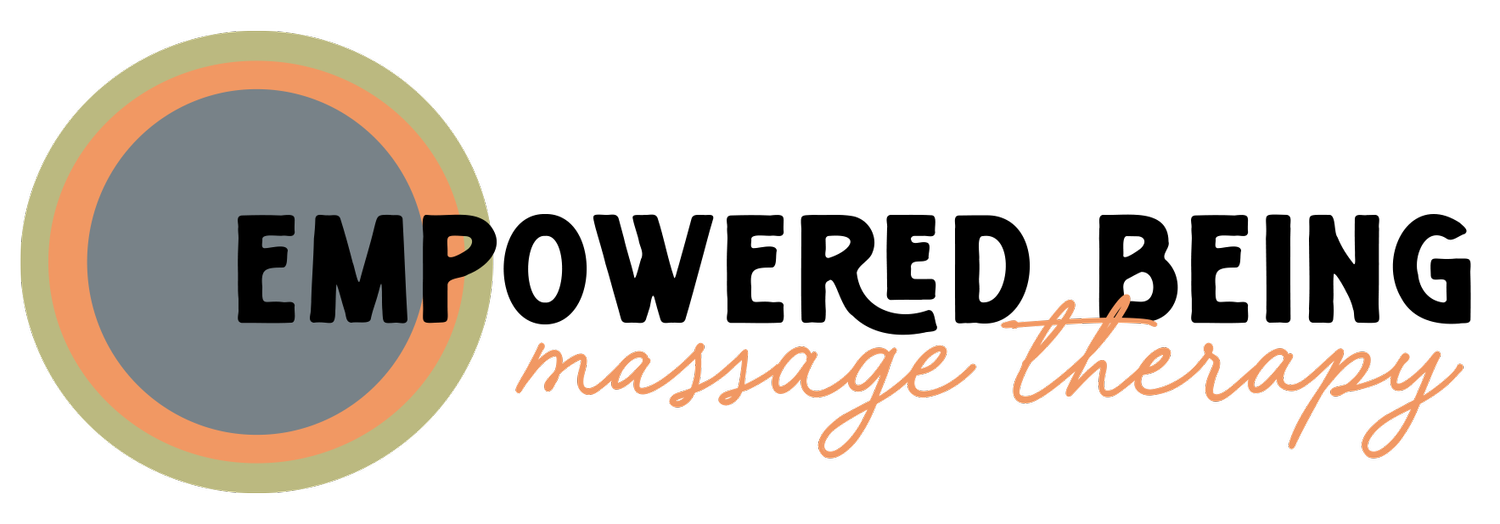Understanding Lower Back Pain: Common Issues & Simple Self-Care Techniques
Lower back pain is one of the most common complaints among adults, affecting millions of people worldwide. Whether it’s a dull ache, sharp pain, or chronic discomfort, issues with the lower back can interfere with daily activities and overall well-being. Understanding the causes of lower back pain and learning effective self-care techniques can help manage symptoms and prevent future flare-ups.
Common Causes of Lower Back Pain
1. Muscle Strain or Ligament Sprain
Overuse, sudden movements, or lifting heavy objects improperly can strain the muscles and ligaments in the lower back. This is often accompanied by stiffness and difficulty moving.
2. Herniated or Bulging Discs
The intervertebral discs act as cushions between the bones of the spine. When a disc becomes damaged, it can bulge or rupture, putting pressure on nearby nerves and causing pain.
3. Degenerative Disc Disease
As we age, the discs in the spine naturally degenerate, leading to reduced cushioning and potential nerve compression.
4. Sciatica
Sciatica occurs when the sciatic nerve, which runs from the lower back down the legs, is compressed or irritated. It can cause shooting pain, numbness, or tingling down one leg.
5. Poor Posture
Sitting or standing with improper posture for extended periods can strain the lower back muscles and lead to pain over time.
6. Spinal Stenosis
This condition involves the narrowing of the spinal canal, which can put pressure on the spinal cord and nerves, resulting in pain, numbness, and weakness.
7. Underlying Conditions
Conditions like arthritis, osteoporosis, or kidney infections can also contribute to lower back pain.
Simple Self-Care Techniques to Relieve Lower Back Pain
While severe or persistent pain should be evaluated by a healthcare professional, many cases of lower back pain can be managed with self-care strategies:
1. Gentle Stretching and Movement
Regular stretching can improve flexibility, relieve tension, and promote blood flow to the lower back. Effective stretches include:
• Child’s Pose: Kneel on the floor and stretch your arms forward, lowering your torso to the ground.
• Cat-Cow Stretch: Alternate between arching and rounding your back while on all fours.
• Knee-to-Chest Stretch: Lie on your back and gently pull one or both knees toward your chest.
2. Heat and Cold Therapy
• Cold Therapy: Apply a cold pack to the affected area for 15–20 minutes to reduce inflammation, especially within the first 48 hours of pain onset.
• Heat Therapy: Use a heating pad or warm towel to relax tight muscles and improve circulation after the initial inflammation subsides.
3. Maintain Proper Posture
Be mindful of your posture when sitting, standing, or lifting objects. Use a chair with proper lumbar support, keep your shoulders relaxed, and avoid slouching.
4. Core Strengthening Exercises
Strengthening the core muscles can provide better support for the spine and reduce strain on the lower back. Simple exercises include:
• Planks
• Bridges
• Bird Dog Exercise
5. Stay Active
Prolonged rest can worsen stiffness. Engage in low-impact activities like walking, swimming, or yoga to keep the body moving and maintain overall spinal health.
6. Massage Therapy
Massage therapists often recommend targeted massage to relieve tension in the lower back muscles, improve circulation, and promote relaxation. Techniques such as deep tissue massage or myofascial release can be particularly beneficial.
When to Seek Professional Help
While self-care techniques are effective for many cases of lower back pain, it’s essential to consult a healthcare provider if you experience:
• Pain lasting longer than a few weeks
• Severe pain that doesn’t improve with rest or self-care
• Pain accompanied by numbness, tingling, or weakness in the legs
• Loss of bladder or bowel control
• A history of cancer, osteoporosis, or other underlying conditions
Conclusion
Lower back pain can stem from various causes, but understanding its origins and implementing simple self-care strategies can provide significant relief. By staying active, maintaining good posture, and incorporating stretches and strengthening exercises into your routine, you can support your lower back and improve your quality of life. For persistent or severe pain, seeking guidance from a professional is always recommended.
